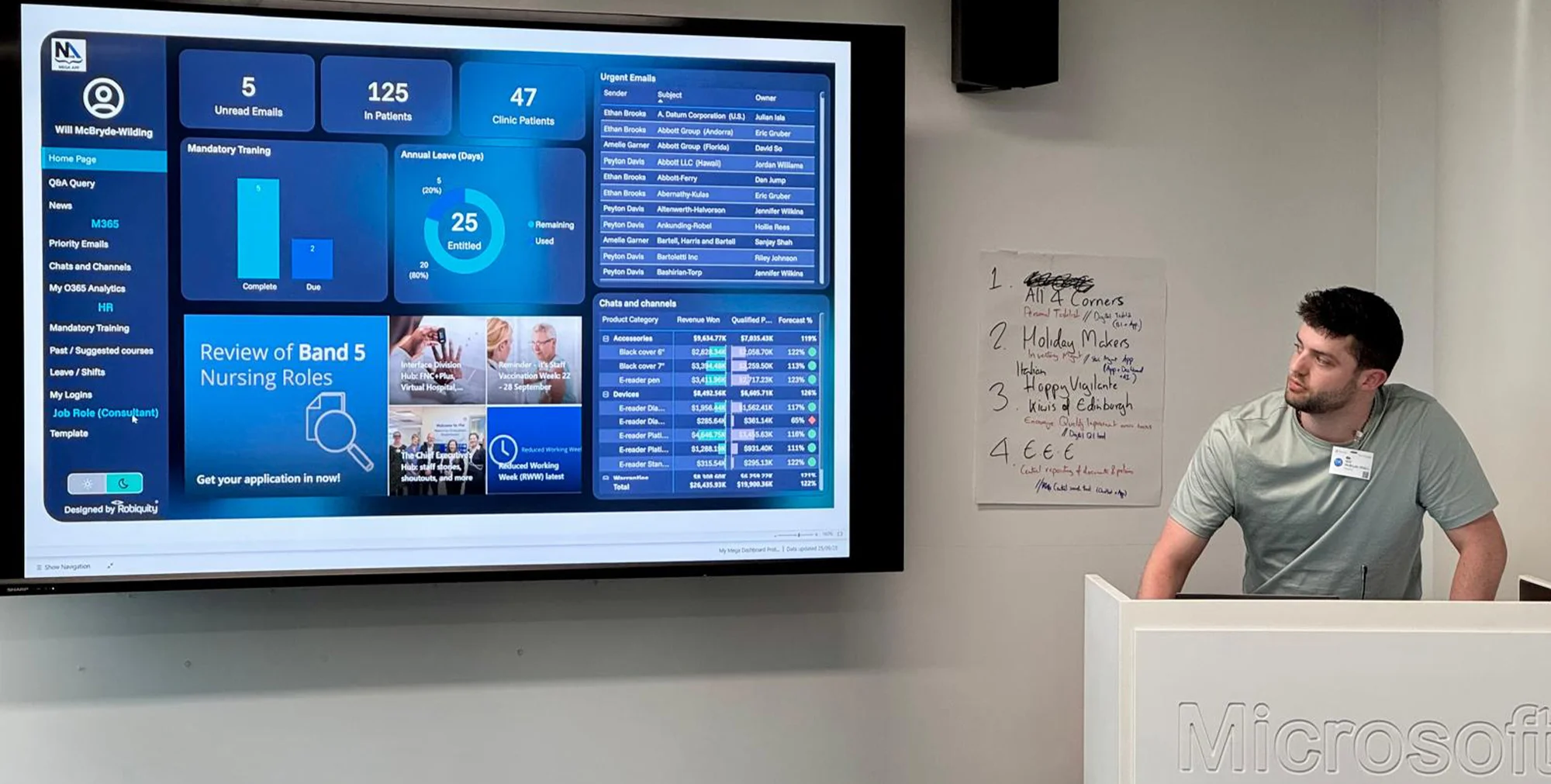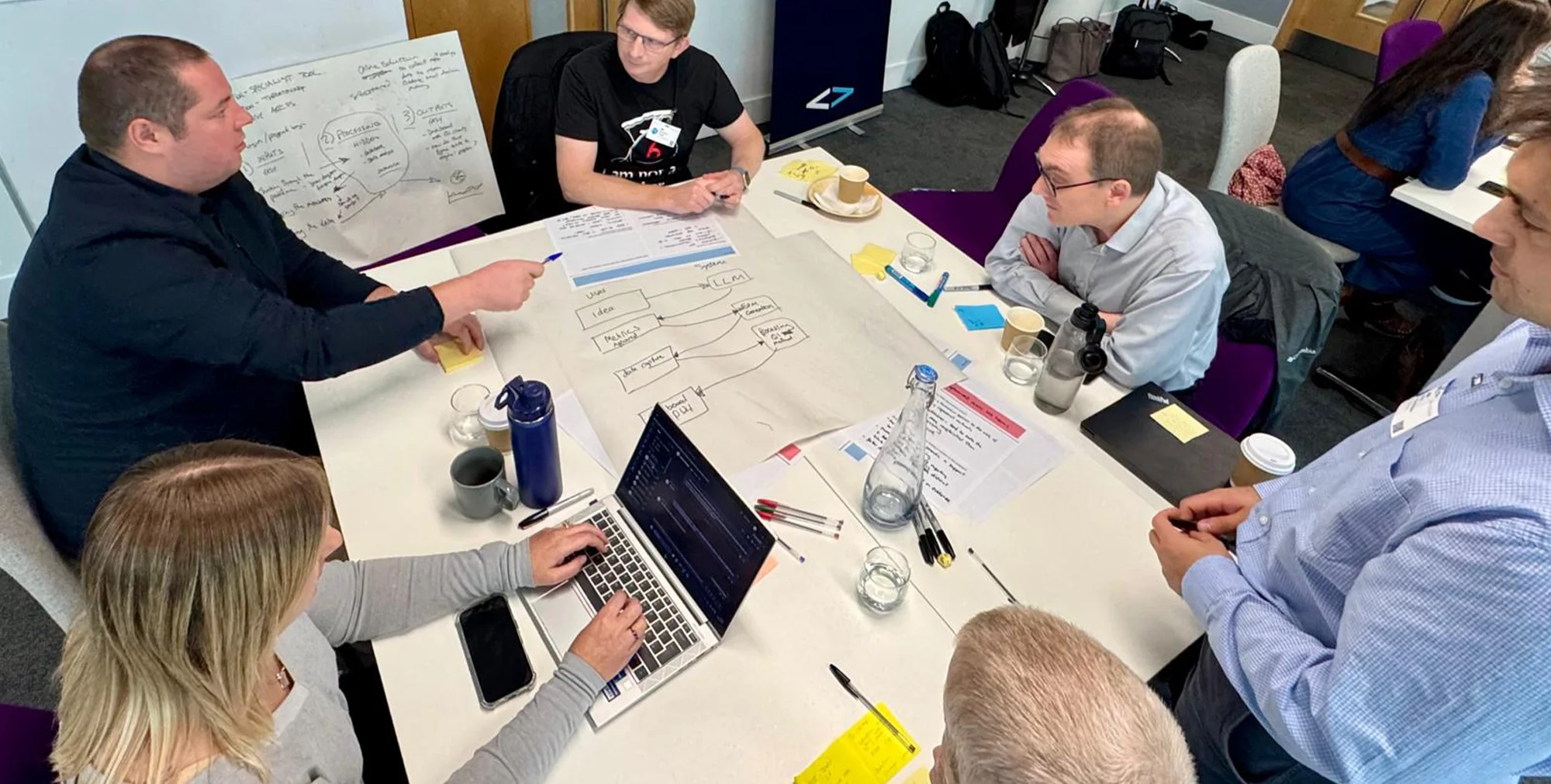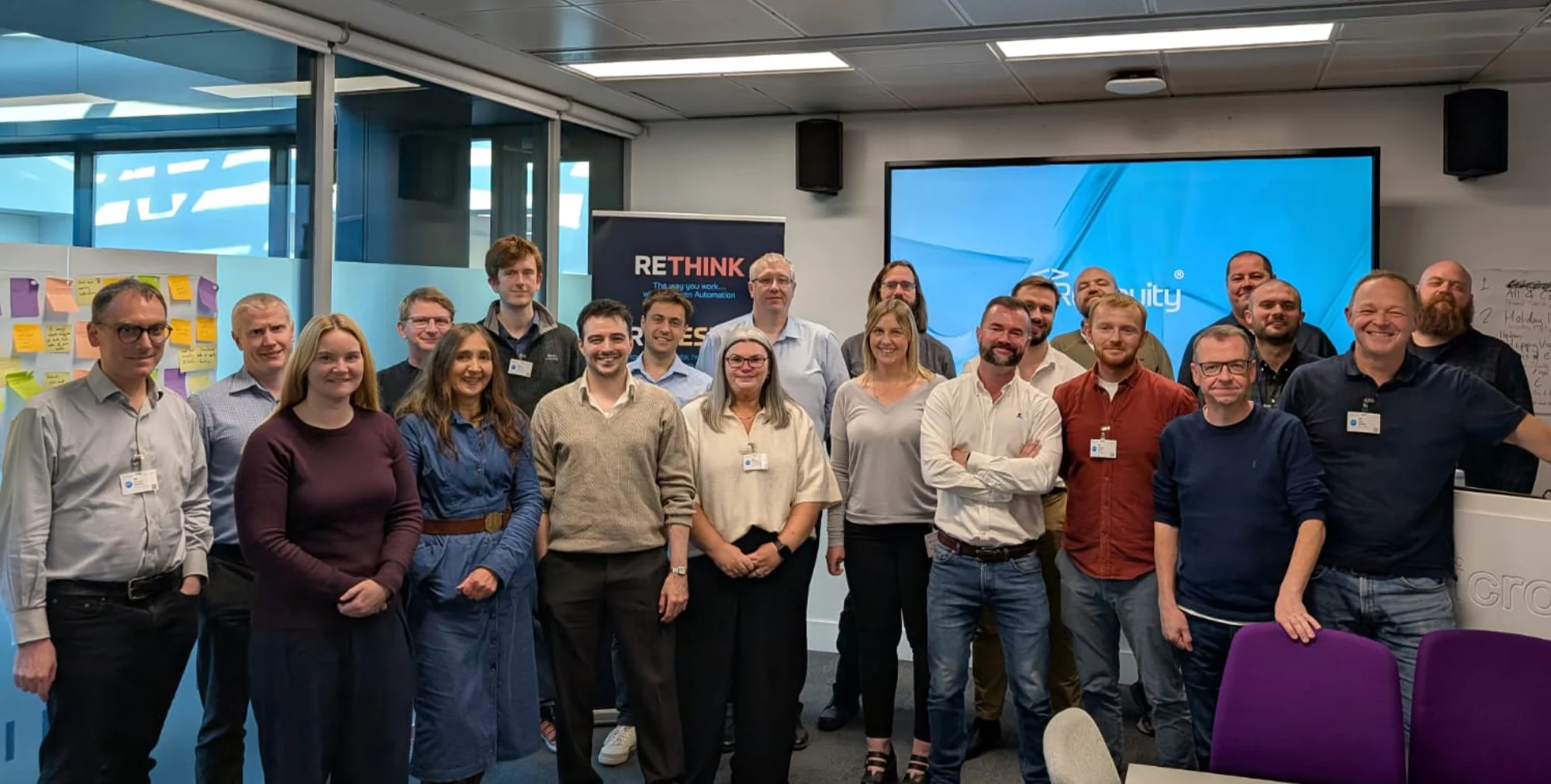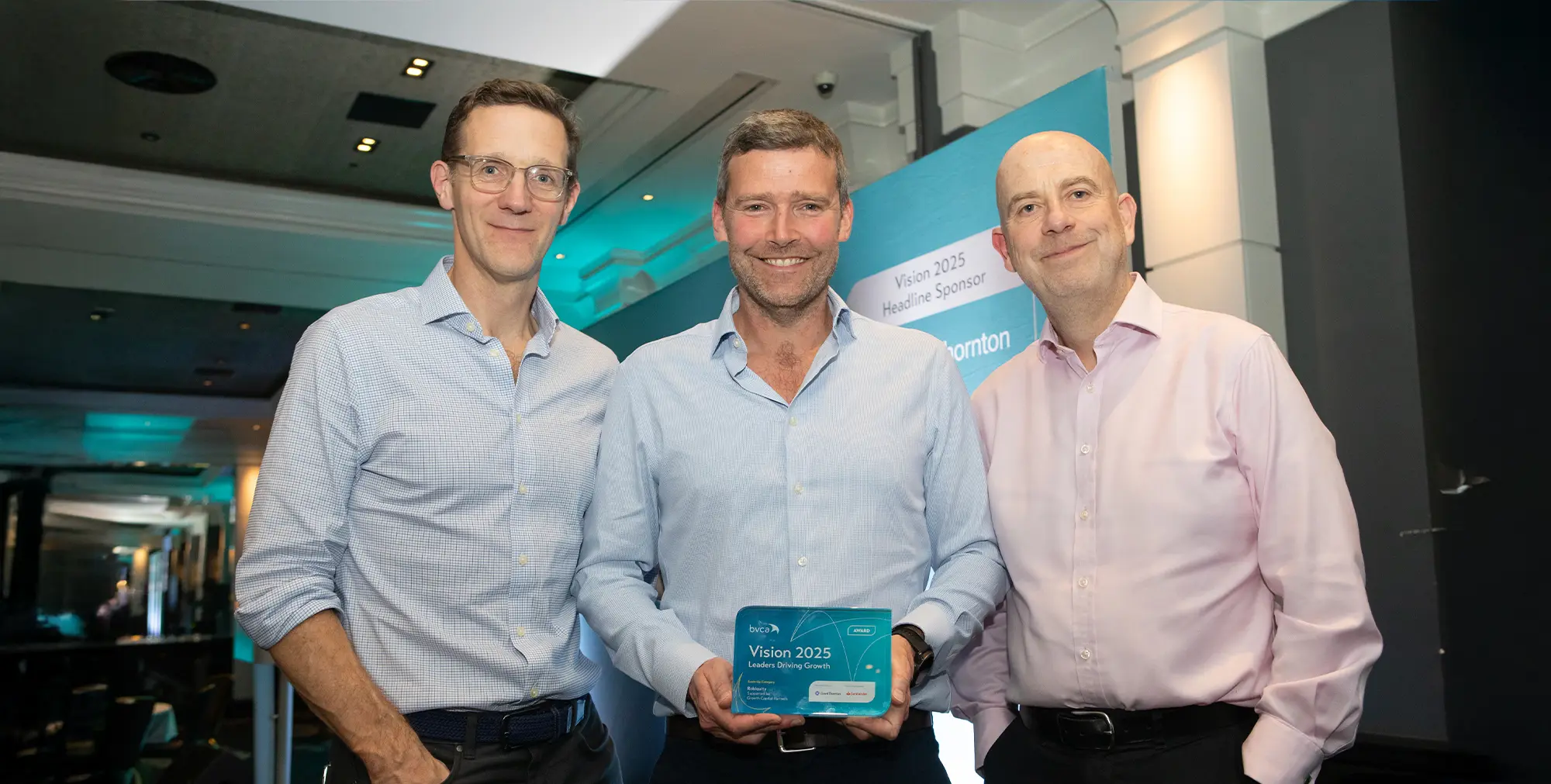Healthcare is under extraordinary pressure, yet the opportunity to make a measurable difference has never been greater. With Microsoft business applications, we’re seeing efficiencies and improved outcomes delivered at real pace. In one recent session, a working prototype came together in an afternoon. In delivery, we’re consistently turning ideas into secure, production‑ready solutions within six weeks.
Here are five things we’ve learned about what it takes to innovate well in healthcare.
1. The opportunity is immense - and it’s here now
For years, digitisation was seen as a long road. Today, the combination of Microsoft Power Platform, Dynamics 365 and Azure means you can modernise workflows, surface insights and automate safely, and fast.
- Rapid prototyping de‑risks investment and builds confidence
- Six‑week delivery windows make benefits tangible for clinicians and patients
- Reusable components mean value compounds with each use case
Healthcare has always had a challenge around sharing the data that supports clinicians and staff to deliver good patient outcomes. We now have the opportunity to break down those silos quickly, building automations on top of this which improve experiences across the service.
2. The challenges are many - and that’s where the value is
Our ideation exercises brought together clinicians, operational leaders and patient representatives to prioritise what matters most. The list was long: safeguarding sensitive patient data, taming overloaded inboxes, eliminating manual spreadsheets, smoothing hand‑offs across services.
What stood out was the willingness to flip complexity on its head and move quickly to solutions. By framing problems clearly and ranking them by impact and effort, teams could see a path to action:
- Start where risk is manageable and outcomes are clear
- Bake in information governance from day one
- Deliver iteratively, proving value at each step
Ambition is essential - but prioritisation is how you build momentum.
3. Partnership is the multiplier
Our partnership with Microsoft lets us bring best practice from across healthcare, showing what works (and what doesn’t) in the real world:
- Proven governance patterns and environments that keep data safe
- Templates and accelerators that reduce time to value
- Lessons learned from similar settings to avoid reinventing the wheel
That partnership gives clients confidence they’re on the right track, and ensures solutions are robust, scalable and supportable. As a partner, it gives us access to the latest and greatest developments in agentic automation to help develop real world use cases in healthcare.

4. Make it human before you make it digital
Technology only lands when it solves the right problem. Our service design team led simple, structured activities to get to the heart of what matters for staff and patients today. In our healthcare programmes we have helped answer some of the most challenging questions facing the service today, including
- How do we help manage waiting lists to ensure people get the care they need at the right time?
- How do we ensure scarce resources and medical supplies are utilised effectively?
- How do we ensure that integrated care is coordinated effectively across different specialisms?
This human‑centred approach prevents building the wrong tool for the job and keeps outcomes clear. Resources are scarce in healthcare and lives and wellbeing are impacted if attention is put in the wrong place. If we don’t clearly articulate the benefit attached to change, making things a reality becomes impossible to prioritise.

5. Don’t lose momentum - ship value quickly
A great workshop isn’t the finish line. It’s the start. The difference between ideas and impact is disciplined delivery:
- Convert ideas into a prioritised backlog with clear acceptance criteria
- Run short sprints, demo often, and measure benefits as you go
- Plan for adoption: comms, training, champions and feedback loops
Our bias is to make things happen. That means moving from concept to pilot to production quickly, so great ideas become great products that clinicians actually use, and can improve over time.
Where we go next
The ingredients for meaningful change are here: modern Microsoft platforms, a clear understanding of real‑world problems, and partnership that accelerates learning. If you’re exploring how to unlock capacity, improve patient experience or reduce admin burden, we’d love to help you get started.
Want to run an ideation day, see a working prototype, or map a six‑week delivery plan? Get in touch with the Robiquity team to find out more.



.jpg)










